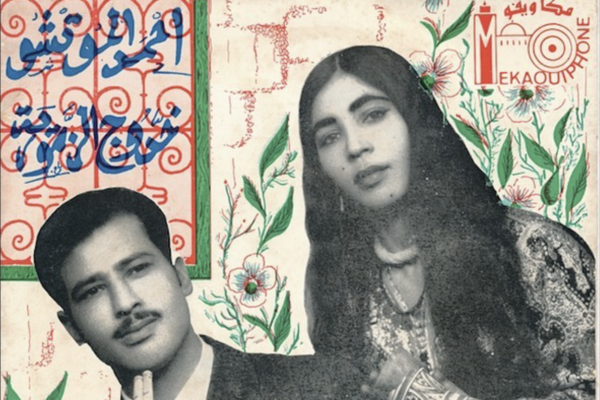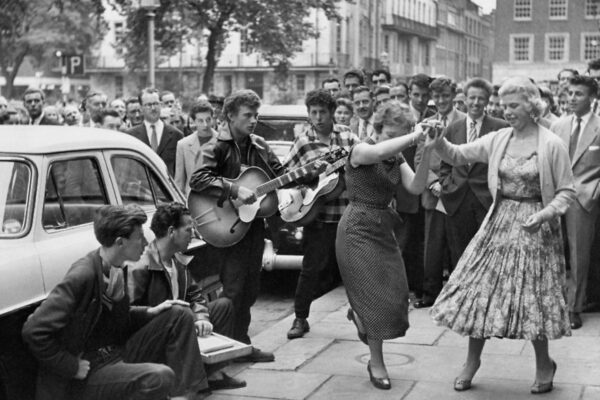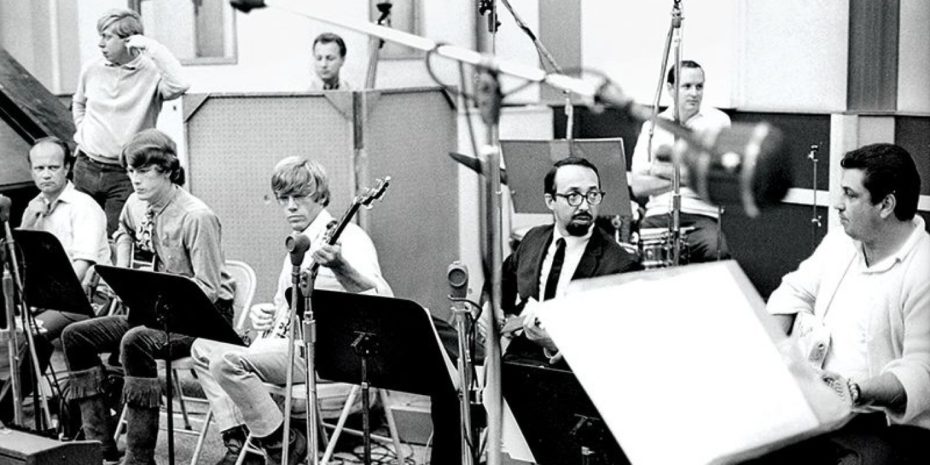
Whether you know it or not, you have definitely heard them play. Popular music of the 1960s was dominated by young bands like The Beach Boys, The Mamas & the Papas and The Monkees – bands that didn’t play their own records. Sometimes, the only members of famous bands to appear on their own records were the vocalists. The Wrecking Crew, a “ghost” band of Los Angeles studio musicians, played the music. In fact, they played and shaped hundreds of now-classic records and are likely among the most recorded musicians in history.
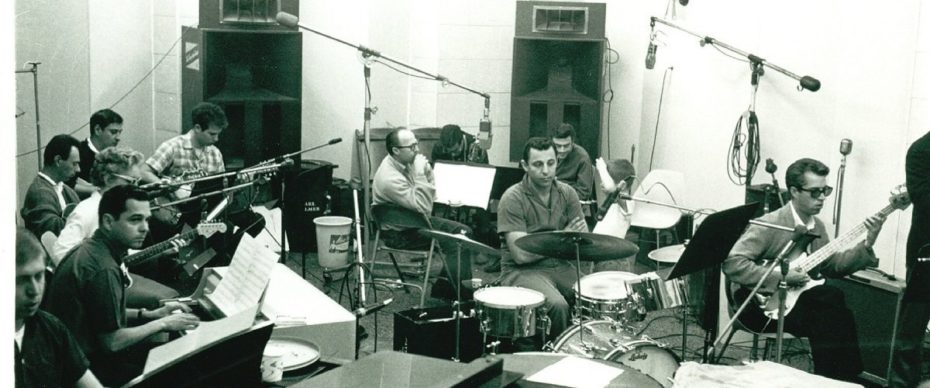
Most bands put together by the record companies were good, but not good enough for studio work and, more often than not, producers refused to use them for recording. Members of The Wrecking Crew were some of the most genius musicians in the industry with formal backgrounds in jazz or classical music. As an anonymous star-making machine, they were brought in for recordings credited to rock groups and singers. The Monkees first two albums? That was the Wrecking Crew, as well as the Byrds’ debut rendition of Bob Dylan’s “Mr. Tambourine Man”. They also played for the Beach Boys’ 1966 album Pet Sounds.
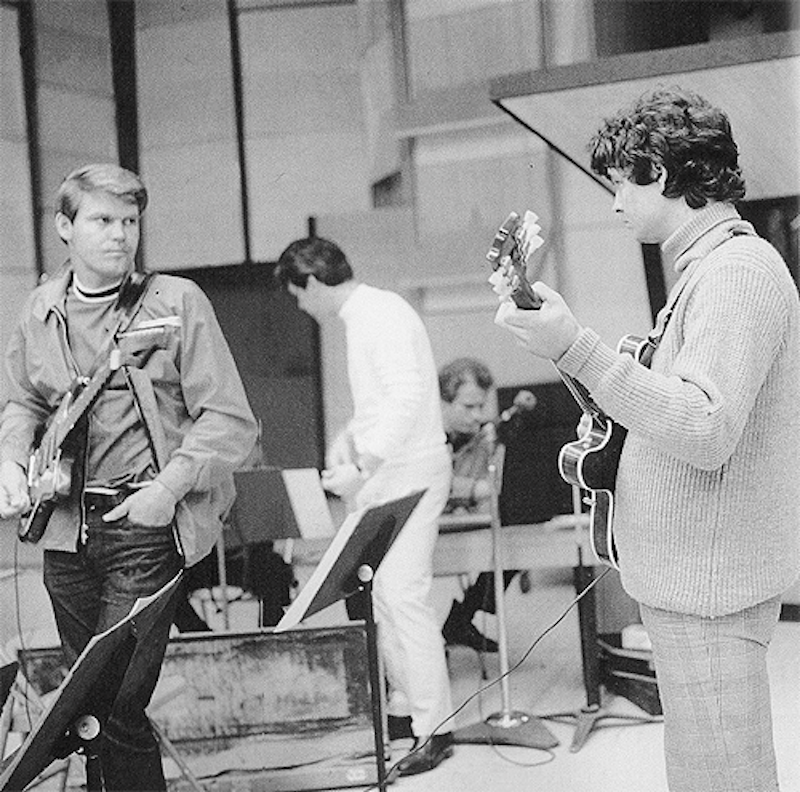
Before he became a country music star, Glen Campbell (“Rhinestone Cowboy”) was a member of The Wrecking Crew. He played on Pet Sounds and even toured with The Beach Boys. Campbell’s first pop hit was written for him by Brian Wilson as a thank you for helping out the band.
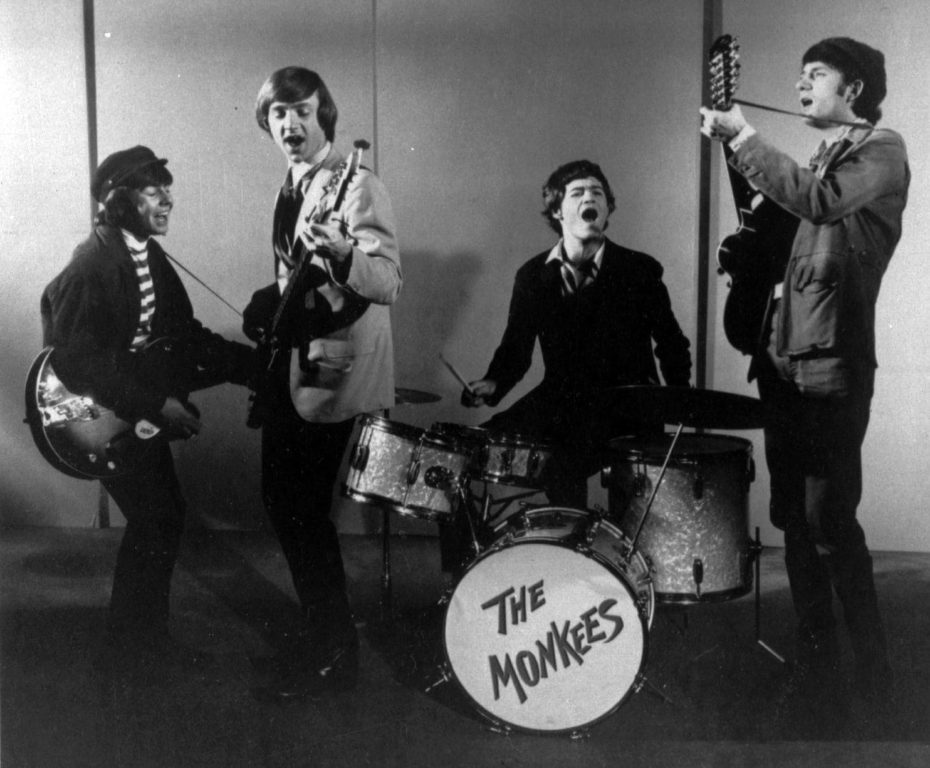
Something as simple as jazzing up a bass line transformed music into legendary songs we know. Devoted fans listened to their favourite bands in cars and on jukeboxes, oblivious to the fact the those drums weren’t being played by the handsome drummer on the record sleeve, or that the bass guitar was actually played by a woman, Carol Kaye, the sole female member of The Wrecking Crew.
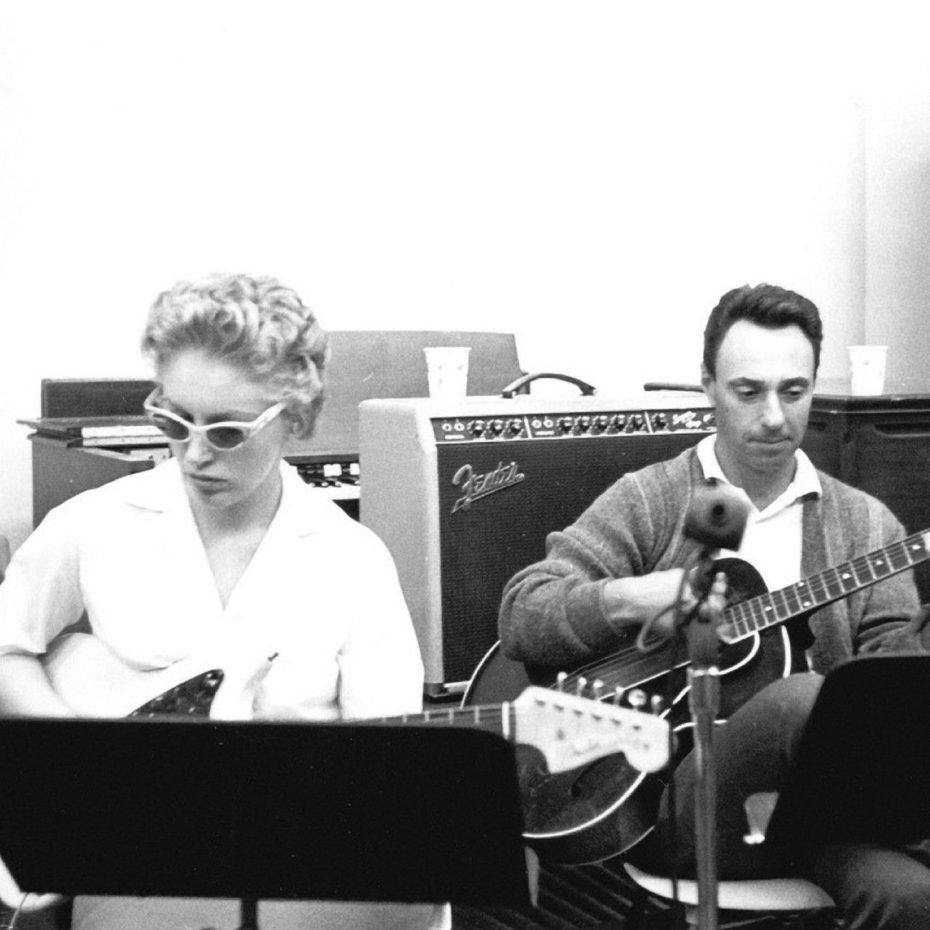
The descending bass line in “These Boots Were Made for Walkin’?” That’s Carol. The bass at the beginning of “Midnight Confessions” and “Rescue Me” – Carol too.
Here she is on La Bamba:
Basically, if it was a hit song recorded in the USA, she was one of three members of The Wrecking Crew who played bass on it.
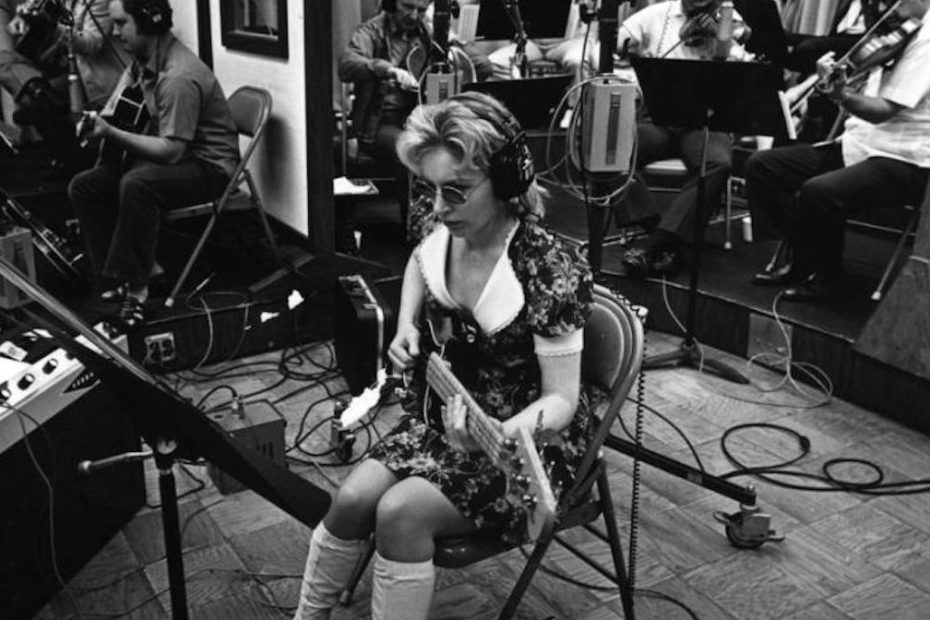
The name the “Wrecking Crew” is strongly disputed by Carol Kaye however, who has stated so in interviews. The name came about when the collective’s drummer, Hal Blaine wrote his book, The Wrecking Crew in 1990, which helped bring recognition to the ghost musicians after decades in the shadows. As far as records show, the band was not actually known as The Wrecking Crew in studios at the time.
And they certainly weren’t the only unsung band in the biz. The Swampers were another legendary studio band. There is a documentary about them called Muscle Shoals. Motown had The Funk Brothers that played on more number one hit singles than the Beatles, Elvis the Beach Boys, Rolling Stones all put together. They also have a documentary called Standing in the Shadows of Motown.
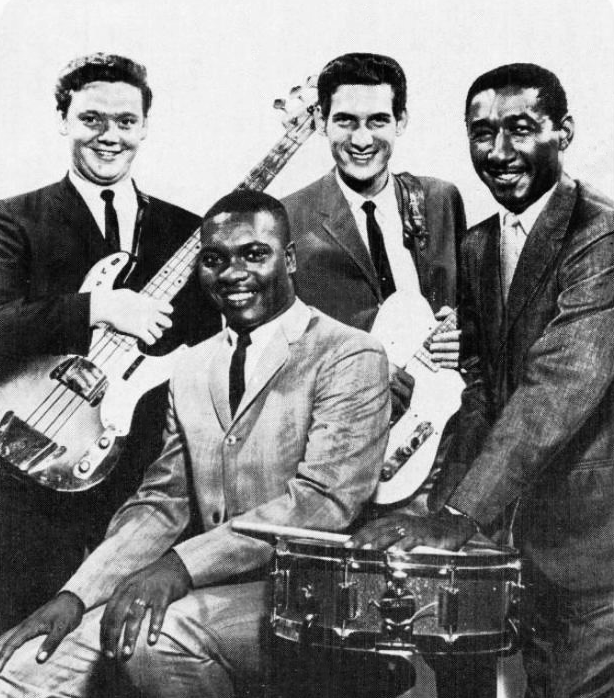
A record company in Memphis, called Stax Records, had a house band called Booker T & the MGs. They were one of the first racially integrated rock groups, which was quite a feat in the south, where racial tensions were particularly high. But when it came to music, Stax records didn’t really care if you were black or white as long as you could play.
As a backing band to numerous hits, Booker T & the MG are considered to have originated much of the sound of soul music.
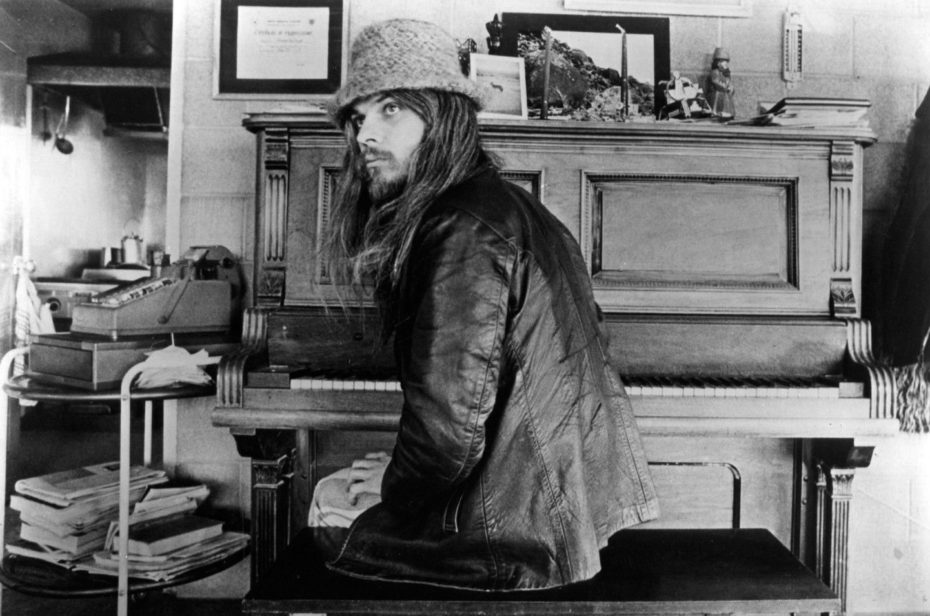
Session musicians have played on tens of thousands of your favourite songs, all uncredited. The 2008 documentary The Wrecking Crew is a fantastic documentary made by the son of guitarist Tommy Tedesco, who pays tribute to his late father and his fellow studio musicians who played on some of the biggest hits of the 1960s and ’70s. You’ll be astonished at how many of your favourite songs were played by members of the Wrecking Crew.
It’s available to watch on Netflix.
And one last thing. Here is Wrecking Crew member Carol Kaye, trying to teach Gene Simmons one of her bass lines:
And get this, today Kaye offers lessons via Skype.






